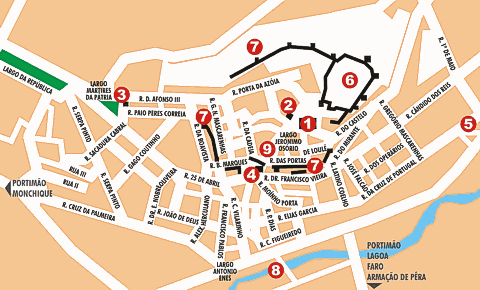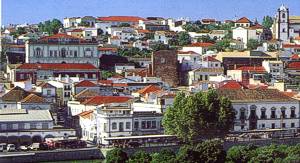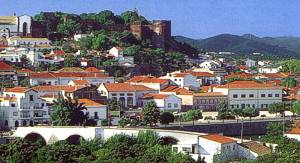|
Silves |
|
| Portugal > Tourism > Algarve > Silves > The City | |
| History | Municipality | Places of Interest | Lodging | |
|
The dark red of mighty castle walls that loom over the city and the surrounding countryside. The interplay of stone and light on the gothic architecture. Vestiges of the Moorish presence in the city's history. Streets of white houses that reflect the sun and the blue sky. Herein lies the appeal of Silves where the past merges with the present. |
|
 |


| Historical Centre Silves retains much of its former charm in the streets of the old 'almedina', which are still laid out as they were in medieval times. The buildings that extend from the city walls to the river are, in many cases fine examples of the bourgeois architecture of the end of the 29th century and the early decades of the 20th testimony, to the new prosperity brought by the cork business. Much of the city's past can be glimpsed to this day in the patterns of its streets and its architecture. The Jewish quarter was situated between R. das Portas de Loulé and what is nowadays the parish hall, while the synagogue was outside the city Walls. |
 |
|
 |
|
 |
| History | Municipality | Places of Interest | Lodging | |
| Portugal > Tourism > Algarve > Silves > The City | |
|
The City |
|


